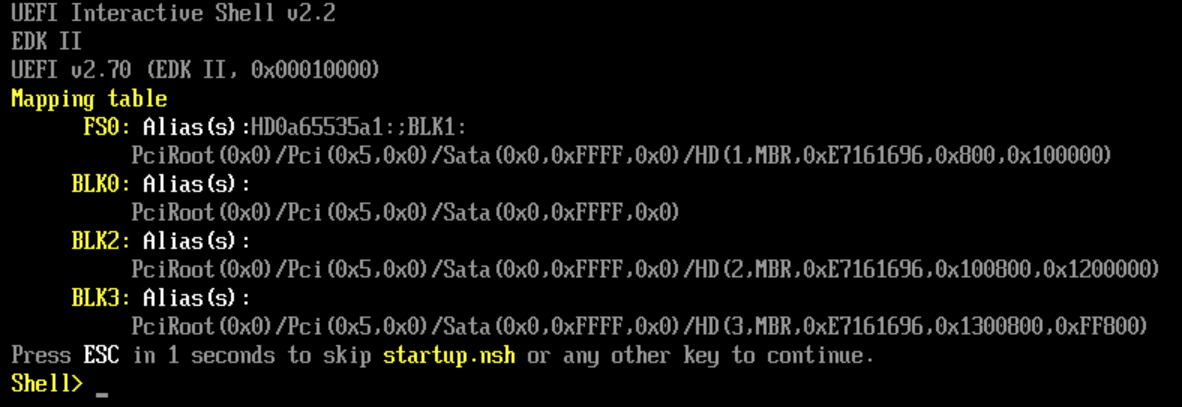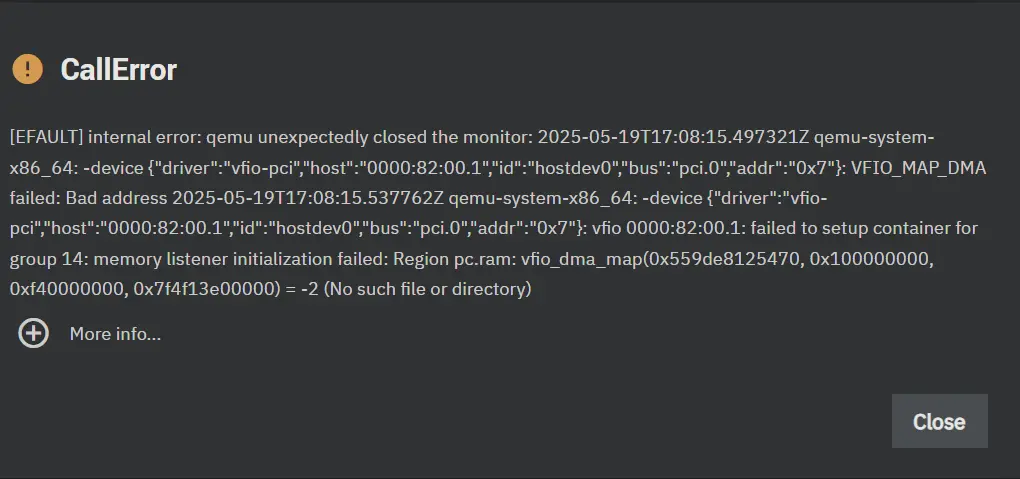
Legal Rights of Voluntary Mental Health Patients in Ohio: A ChatGPT success story
A case study in how AI assistants like ChatGPT can help assert rights, as long as you check their output

A case study in how AI assistants like ChatGPT can help assert rights, as long as you check their output

You can host your own alterative to ChatGPT and access it on any device

With nginx, a domain name, and Let's Encrypt, all internal and external-facing web applications can use HTTPS — even on a home network

Navigation of the VM's BIOS menu and a Linux command will fix it

Use IPMI to configure the fan profile and stop the server from sounding like a jet after a third-party GPU is installed in a Dell PowerEdge T130, R230, T330, R330, R430, R530, R630, T630, M630, R73...

To fix VFIO_MAP_DMA errors, reduce VM RAM allocation or configure hugepages on the host

In a shift in tactics the fake CAPTCHA was added to an existing site, instead of using malvertizing or SEO poisoning

Developers, data nerds, and VCs have made something special that even Elon Musk can't buy

The domain verification method on Bluesky is simple and transparent – but it comes with some major drawbacks

Your Jekyll site can be used to verify your identify on Bluesky or other platforms that use the AT Protocol